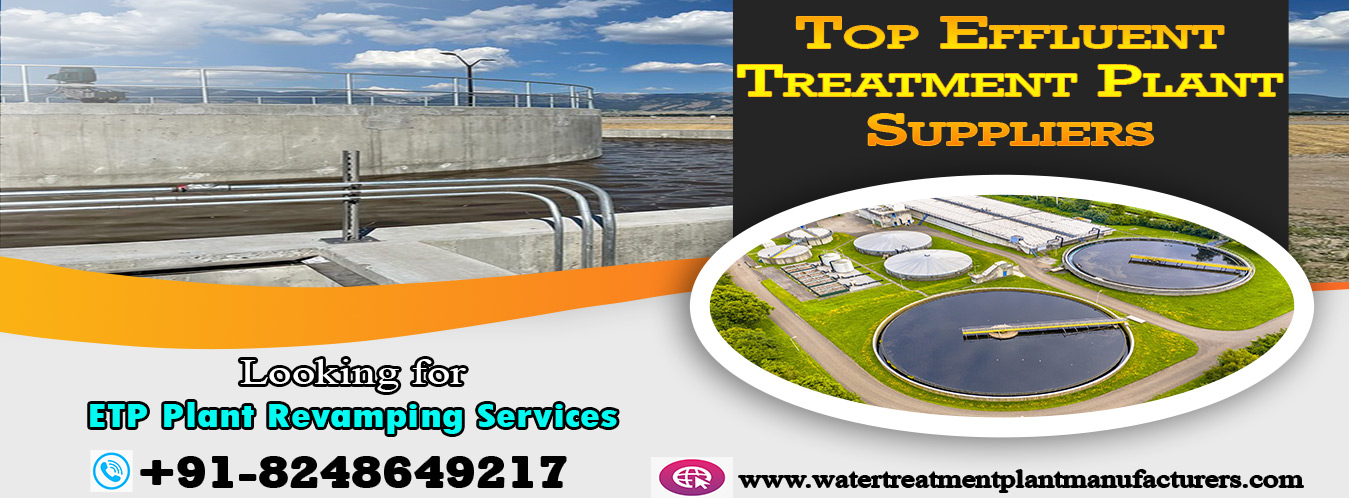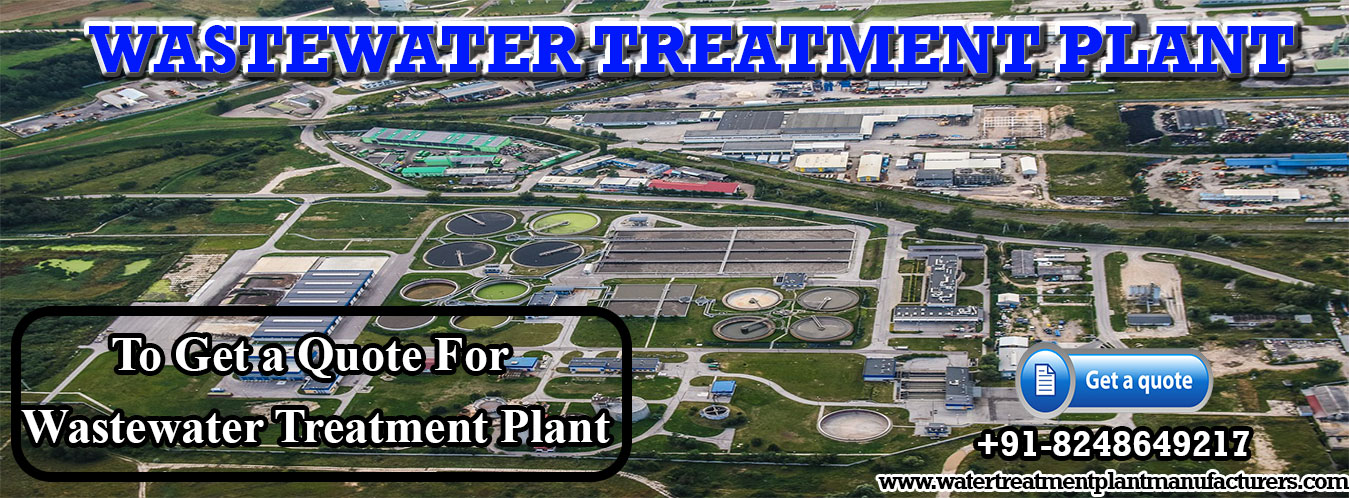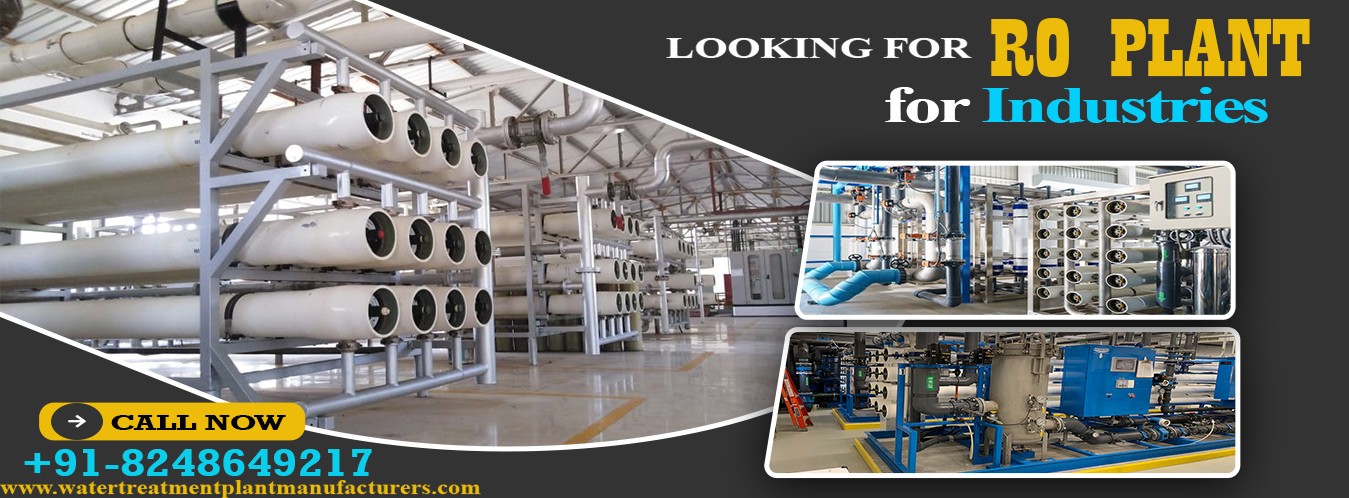
WELCOME
GJ WATER TECHNOLOGIES

WELCOME
GJ WATER TECHNOLOGIES

WELCOME
GJ WATER TECHNOLOGIES

WELCOME
GJ WATER TECHNOLOGIES
Sewage treatment plants are growing out to be progressively more typical all through due to the quality of the effluent that can be released from the plant, Comparisonwith old solutions like a septic tank. The effluent quality from a sewage treatment plant can be released directly into a pipewithout causing any kind of harmor damage to the nearby environmentor eco-system. This isn't true for systems like a septic tank, since, supposing that uncertainlykept a septic tank could make commonsewage be released into the ground or local canal.
The general construction of a sewage treatment plant doesn't transformtoo certainlyfrom that of a septic tank. Similarly likewise with a septic tank, sewage conduitfrom the property being fixedinto the principal facilities of the sewage treatment plant. Here, the water settle until oil, oil and refuse have flowedto the top and solids have moved the lower sectionof the tank.
When the process of separation has happened, the liquid goes into a double chamber which is where sewage treatment plants differ from septic tanks. This chamber is fitted with a brushesapparatus that flow air around the filter to empower the growth of activitybacteria. This microbe assists with separating the contaminants in the water, successfully cleaning it.
The ultimate phase of a sewage treatment plant is one final tank. This finaltank allows the absolute last compressedthat might stay to sink to the lower part of the tank before the effluent is released into a drain field or river.
The leading thought for everyone planning upgrading should get associated with mains sewers. They are commonly the most cost effective and strong method for managing your wastewater. However, it is not generally possible to get a mains sewer association. In certain condition, the separation from the nearestsewer or the design of the land can make it difficult to have your property maintained by a primary sewer.
The motive behind a sewage treatment plant is to regard the wastewater as completely as for all objectives and purposes possible- and, notwithstanding the fact that such plants can frequently direct more waste than a septic tank, they will in any case require restoring every once in a while. Over the long term, sludge can also createin the system, so a treatment should plant is consistently maintain no less than one time each year or as you are recommended by the installer.
Increases in the worldwide population and urban have made people' interest for intelligent turn of events and use of urban underground space (UUS) progressively critical. The underground sewage treatment plant supposesan important part in possible urbanization as an element of the UUS. By the by, issues, for example, high working expenses and large safety dangers actually confine the development of the USTP.
"There are some frequently asked questions relative to Sewage Treatment Plant".
A sewage treatment plant is a facility designed to treat and process wastewater from households, industries, and businesses to remove pollutants and contaminants before releasing the treated water into the environment.
STPs are necessary to protect the environment and public health by treating wastewater to remove harmful substances and pathogens before they are discharged into rivers, lakes, or the ocean.
STPs use a combination of physical, chemical, and biological processes to treat wastewater. These processes typically include screening, primary treatment, secondary treatment, and sometimes tertiary treatment to remove solids, organic matter, and pollutants.
Solid waste, often referred to as sludge, undergoes further treatment or dewatering at the STP. It can then be disposed of in landfills, incinerated, or used for beneficial purposes like fertilizer or energy production.
Yes, the treated water from STPs is generally safe for release into the environment, as it meets specific regulatory standards. The level of treatment required depends on local regulations and the receiving water body's sensitivity.
Yes, treated wastewater, often called reclaimed water or effluent, can be used for various non-potable purposes like irrigation, industrial processes, and cooling water for power plants, thus conserving freshwater resources.
While STPs are highly effective at removing a wide range of contaminants, they may not eliminate all substances entirely. Some trace contaminants may still be present in the treated water.
Sewage treatment plants are designed to reduce the environmental impact of wastewater discharge, but their ecological impact can vary. Properly operated and maintained STPs are more environmentally friendly than untreated wastewater discharges.
Well-designed and well-operated STPs are equipped with odour control systems to minimize unpleasant odours. Emissions of air pollutants are typically controlled to meet regulatory standards.
Municipalities or utilities typically own and operate sewage treatment plants. They are responsible for ensuring that the facilities function correctly and meet environmental regulations.
Individuals can help by minimizing the disposal of harmful substances like chemicals, pharmaceuticals, and non-biodegradable items into the sewer system. Reducing water usage and properly maintaining septic systems also contribute to STP efficiency.
The future of sewage treatment is likely to involve advancements in energy efficiency, automation, and the removal of emerging contaminants like pharmaceuticals and micro plastics. Additionally, more focus on water recycling and resource recovery is expected.
